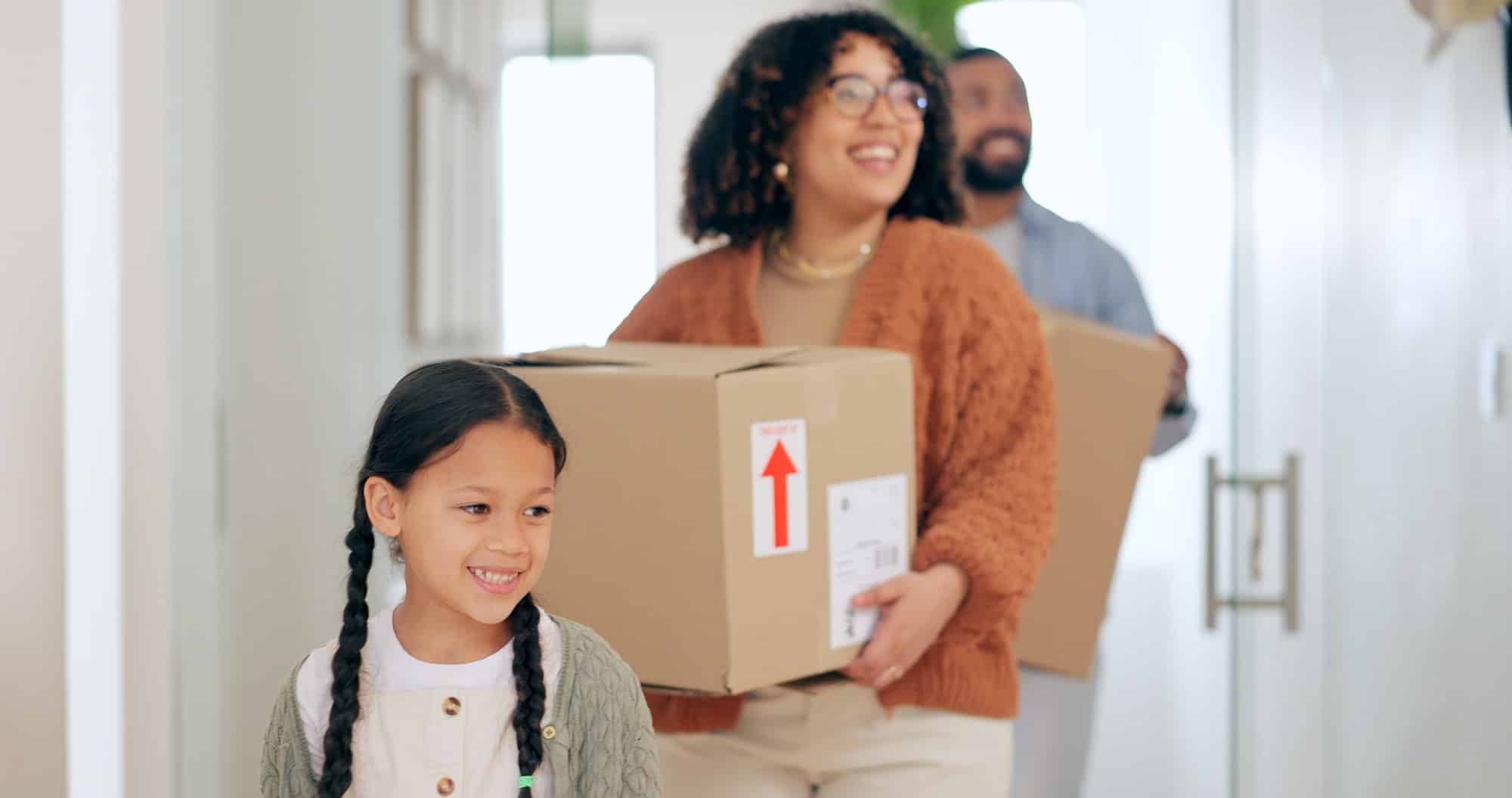How to Design a Smart Home Security System for a Large Property?

As homeowners, you’re constantly looking for technologies to enhance the safety of your properties. Smart home security systems are increasingly becoming a must-have for large properties. They offer real-time surveillance, sending notifications to your smartphone the moment they detect a breach, ensuring you’re always in the loop about what’s happening at home. Let’s dive into how you can design a robust, smart home security system that will effectively monitor your large property.
Selecting the Right Smart Security Devices
Before you start purchasing various security devices, understanding the different types available on the market is crucial. This will help you determine which ones are most suited to meet your specific security needs.
Lire également : How to Plan a Self-Cleaning Fish Tank Setup as Part of Home Decor?
Cameras
Your security system would be incomplete without cameras. Cameras provide video footage of your property, both inside and outside. High-definition cameras offer clear images, while those with infrared capabilities can capture images in low light or at night.
You might want to consider cameras with motion detection capabilities. These cameras are designed to start recording or send alerts whenever they detect movement.
A voir aussi : What’s the Most Efficient Use of Corner Spaces in a Tiny Kitchen?
Alarm Systems
The alarm system serves as the backbone of your home security. It triggers an alarm when a sensor is tripped, such as when a door or window is opened unexpectedly. The best alarm systems are capable of sending alerts to your mobile devices, ensuring you’re always informed of any breach.
Sensors
Sensors are integral parts of a security system. They can detect if a door or window is opened. The most common types are motion sensors and entry sensors. Motion sensors trigger an alarm when they detect movement within a certain radius. Entry sensors, on the other hand, trigger an alarm when a door or window is opened.
Control Panels
The control panel is the hub of your security system. It allows you to arm or disarm your system, communicate with the monitoring center, and control other smart home devices. Some control panels can even be controlled remotely via a smartphone app.
Integrating with Smart Home Devices
Creating a smart home security system is not just about having cameras and alarms. It’s about integrating these devices with other smart devices in your home. This creates a cohesive and efficient system where all devices work together seamlessly.
Voice Control
Voice control devices such as Google Home or Amazon Echo can be synced with your security system. This allows you to control your system using voice commands. For instance, you can ask Google Home to arm the alarm when you’re going to bed or check if all doors are locked.
Smart Lights
Smart lights can be an effective deterrent for potential intruders. When integrated with your security system, they can turn on when the system detects motion, creating the illusion that someone is home.
DIY vs. Professional Installation
After choosing your devices, the next step is to decide whether to go for a DIY installation or hire a professional.
DIY Security Systems
DIY systems are designed to be easy to install. They come with user-friendly instructions and require no technical skills. Plus, they are often cheaper as you won’t need to pay for installation.
Professional Installation
Professional installation, on the other hand, guarantees that your system will be installed correctly. It also saves you time and effort. However, it’s important to factor in the cost of professional installation when budgeting for your system.
Regular Maintenance and Monitoring
Once your system is up and running, regular maintenance and monitoring are key to ensuring it continues to work effectively.
Regular Maintenance
Regular maintenance includes checking that all devices are working correctly and changing batteries in wireless devices. It’s also a good idea to frequently test your system to ensure it functions as expected.
Monitoring Services
For large properties, you might want to consider a professional monitoring service. These services will monitor your alarm system 24/7 and notify the authorities in case of a breach. This adds an extra layer of security, especially if you travel frequently or are away from home for long periods.
Designing a smart home security system for your large property may seem overwhelming at first. However, by understanding the different devices available, how they can be integrated, and the importance of regular maintenance, you can create a robust system that keeps your property secure.
Additional Smart Devices to Consider
In addition to cameras, alarm systems, and control panels, there are other smart devices that can further enhance your home security system.
Video Doorbells
In the modern world, video doorbells are becoming a preferred choice for homeowners. They allow you to see and communicate with whoever is at your door without opening it. This is particularly useful when you are not at home as you can monitor your front door from anywhere using your smartphone. Some video doorbells even have motion sensor capabilities, alerting you when someone approaches your property.
Smart Locks
Smart locks offer an extra layer of security and convenience. These devices let you lock and unlock your doors remotely, using a smartphone app. Moreover, they allow you to create temporary keys for visitors, reducing the risk of lost or replicated keys. Some models are compatible with Amazon Alexa, Google Assistant, and other home automation systems, allowing you to control them with voice commands.
Environmental Sensors
Environmental sensors detect changes in your home’s environment that could indicate potential issues. These include smoke and carbon monoxide detectors, water leak sensors, and temperature monitors. These sensors can send you alerts when they detect a problem, helping you prevent minor issues from becoming major disasters.
Increasing Security with Home Automation
Home automation is another way to augment your security system. By allowing your devices to communicate with each other, you can create a system that reacts to potential threats in a proactive manner.
Geofencing
Geofencing uses your smartphone’s location to perform certain actions. For example, your security system could automatically arm when you leave your property and disarm when you return. This eliminates the risk of forgetting to set your alarm.
Integration with Home Assistants
Integrating your security system with home assistants like Amazon Alexa and Google Home enables you to control your system using voice commands. You can also program routines that activate multiple devices at once. For instance, saying "good night" could turn off your lights, lock your doors, and arm your security system.
Smart Lighting
Smart lighting can integrate with your security cameras and alarm systems to deter potential intruders. For example, if your security camera detects motion, it could trigger your smart lights to turn on, giving the impression that someone is home.
Conclusion
Designing a smart home security system for a large property involves more than just installing a few cameras and an alarm system. It requires an understanding of the various smart devices available, how they can be integrated, and the best methods for installation and maintenance.
The advent of technologies like home automation and professional monitoring has made it easier than ever to create a robust, versatile, and user-friendly security system. Whether you choose to go down the DIY route or hire professionals, using a combination of devices such as security cameras, video doorbells, smart locks, and environmental sensors will enhance your property’s security.
Keep in mind that the goal is not just to protect your property from potential intruders but also to create a system that enhances your day-to-day life. By integrating your security system with devices like Google Assistant and Amazon Alexa, you can control your devices with voice commands, making your home more convenient and secure.
Remember, regular maintenance is key to ensuring your system remains effective. Whether it’s changing the batteries of wireless devices or checking that everything is working correctly, these small steps can make a big difference in the long run.
Creating a smart home security system may seem daunting, but with careful planning and consideration, you can design a system that not only meets your security needs but also makes your home more efficient and comfortable to live in.
